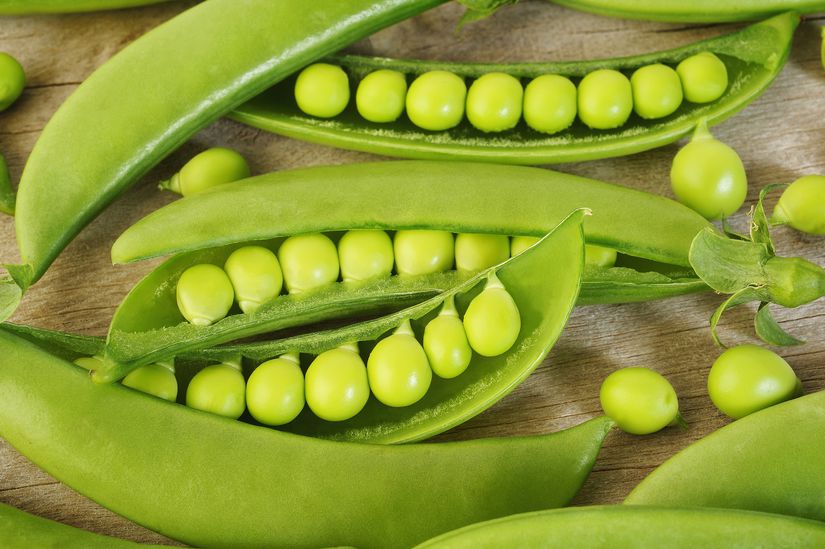TURN ON THE LIGHT
After months of winter root vegetables and frozen veggies, spring is a time to indulge in delicate, light produce just beginning to pop out of the ground. When farmers markets are bursting with a new assortment of colors and shapes, it's easy to try something unfamiliar in the kitchen, be it a new vegetable, a new recipe, or a new cooking method. Building menus around seasonal produce is a healthy way to support local agriculture, nourish the body, and eat well on a budget. These 30 ingredients are cheap and fresh during springtime.







































